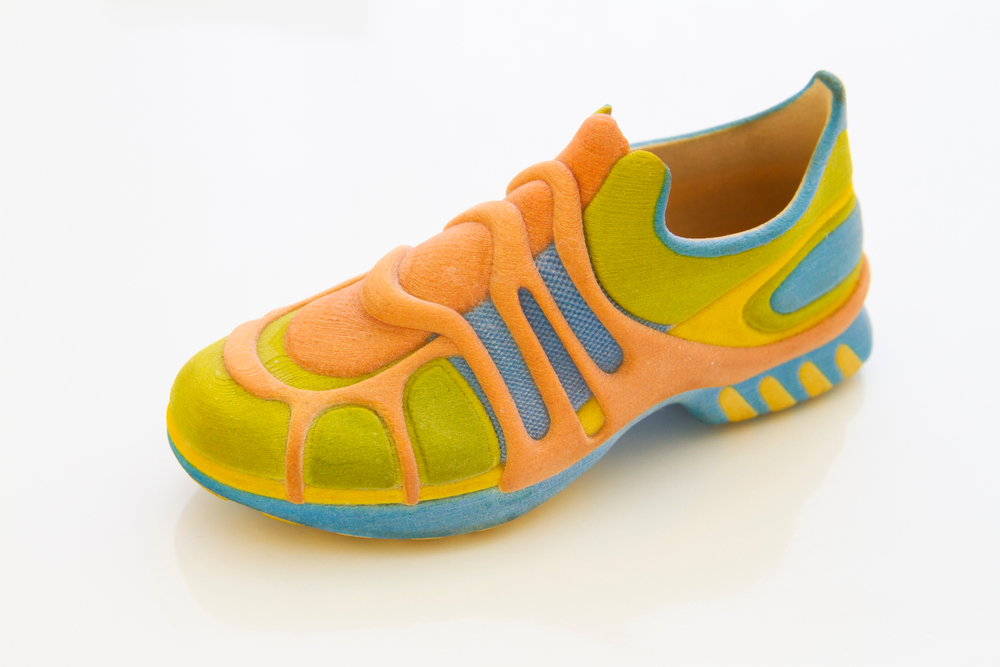In a groundbreaking development that could transform the footwear industry, startups Elastium and Sneakprint are leveraging 3D printing technology to redefine how shoes are made and customized. UAE-based Elastium and Munich-based Sneakprint have each taken unique approaches to exploit the possibilities that 3D printing offers, showcasing innovations that are not only technologically advanced but also environmentally sustainable and personalized.
Elastium is pioneering the use of fused granulate fabrication 3D printing technology in footwear manufacturing: this method is a less expensive alternative to fused filament fabrication, allowing for the use of raw materials in granular or pellet form. It not only makes production more cost-effective but also enables the printing of multiple materials with varying densities. The thermoplastic elastomer foam used in Elastium’s debut sneaker model, the Elastium-1, is a prime example. The foam is lightweight, comfortable, and durable, but also 100% recyclable and machine washable. The company has even leveraged artificial intelligence to develop a mono-material design for the sneakers, with plans to unveil more models throughout the year.
On the other hand, Sneakprint is focused on extreme customization. The company’s RetroTech V1 shoe model is available in what they call ME-Size, custom-tailored to an individual’s exact foot dimensions. Customers are provided with a Sneakprint imprint kit to measure their feet, and the data collected is then used to 3D print a midsole that fits precisely. “No two feet are the same, and wearing ill-fitting shoes can cause long-term damage to the feet,” said Kevin Zurn, CEO and founder of Sneakprint.
Both startups showcase how 3D printing is a potent technology that can bring substantive benefits. For Elastium, the advantages lie in material efficiency and environmental sustainability. For Sneakprint, the focus is on offering personalized comfort that conventional, mass-produced footwear can’t provide.
As these companies continue to innovate, they are setting the stage for a new era in footwear, one that promises enhanced customization, material efficiency, and sustainable practices. The implications are far-reaching, likely to ripple across the fashion and retail sectors, revolutionizing the way we think about not just footwear, but consumer products at large.





